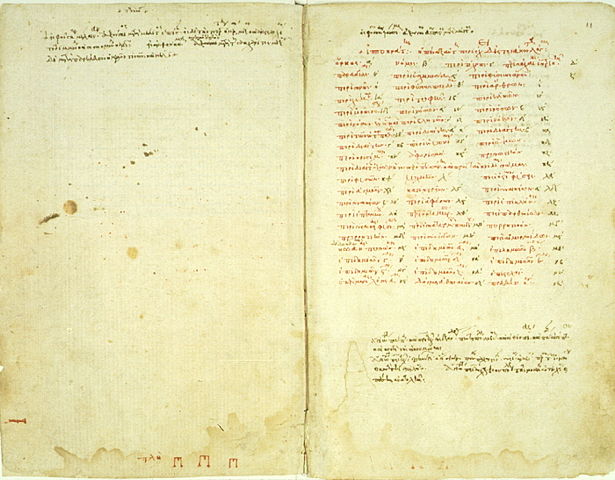The Stages of Womanhood in Ancient Greece and Their Effect on Healing
By Dolores Gallagher
Sweet Briar College Honors Journal (Fall 2013)

Introduction: The Hippocratic Corpus is one of the definitive works in the history of medicine, most of which was written in the fifth and fourth century BC. There were many different authors and it is still debated if Hippocrates himself wrote any of the treatises. The Corpus describes how to treat an array of conditions, from head injuries to fevers in about sixty different treatises. Moreover, these treatises varied from practical case histories to the exposition of medical theories. One of the fundamental Hippocratic theories involved looking at the body as a whole and keeping the different humors in a body in balance. In my research, I chose to focus on women in the Corpus, as the gynecological works make up one-third of it. Women were “valued above all for their reproductive capacities,” so physicians obviously needed to know how to treat them as women and also as girls, so they could develop their reproductive qualities. I wanted to look at treatises then, that examined a whole age range of girls and women. Therefore, I selected the treatises The Nature of Women, Diseases of Young Girls, and Diseases of Women, to examine how physicians would theoretically treat women with a wide variety of diseases. I also looked at selected books from the Epidemics, to see how physicians actually depicted women in practical case histories.


 The Nature of Women consists of over one hundred sections listing different cures and treatments for gynecological diseases. In the Nature of Women we find that in the first section, the women’s ages affect how the physicians consider them: “…αἱ μὲν νέαι ὑγρότεραι καὶ πολύαιμοι ὡς ἐπιτοπουλὺ, αἱ δὲ πρεσβύτιδες ξηρότεραι καὶ ὀλίγαιμοι, αἱ δὲ μέσαι μέσον τι ἀμφοτέρων ἔχουσιν”. As there are physiological differences between women of different ages, there are differences for treating young girls and women who are married. There are also different terms for girls and women, which have a correlation between how they are referred to, and how that impacts their treatments.
The Nature of Women consists of over one hundred sections listing different cures and treatments for gynecological diseases. In the Nature of Women we find that in the first section, the women’s ages affect how the physicians consider them: “…αἱ μὲν νέαι ὑγρότεραι καὶ πολύαιμοι ὡς ἐπιτοπουλὺ, αἱ δὲ πρεσβύτιδες ξηρότεραι καὶ ὀλίγαιμοι, αἱ δὲ μέσαι μέσον τι ἀμφοτέρων ἔχουσιν”. As there are physiological differences between women of different ages, there are differences for treating young girls and women who are married. There are also different terms for girls and women, which have a correlation between how they are referred to, and how that impacts their treatments.
Click here to read this article from Sweet Briar College
Sponsored Content


The Stages of Womanhood in Ancient Greece and Their Effect on Healing
By Dolores Gallagher
Sweet Briar College Honors Journal (Fall 2013)
Introduction: The Hippocratic Corpus is one of the definitive works in the history of medicine, most of which was written in the fifth and fourth century BC. There were many different authors and it is still debated if Hippocrates himself wrote any of the treatises. The Corpus describes how to treat an array of conditions, from head injuries to fevers in about sixty different treatises. Moreover, these treatises varied from practical case histories to the exposition of medical theories. One of the fundamental Hippocratic theories involved looking at the body as a whole and keeping the different humors in a body in balance. In my research, I chose to focus on women in the Corpus, as the gynecological works make up one-third of it. Women were “valued above all for their reproductive capacities,” so physicians obviously needed to know how to treat them as women and also as girls, so they could develop their reproductive qualities. I wanted to look at treatises then, that examined a whole age range of girls and women. Therefore, I selected the treatises The Nature of Women, Diseases of Young Girls, and Diseases of Women, to examine how physicians would theoretically treat women with a wide variety of diseases. I also looked at selected books from the Epidemics, to see how physicians actually depicted women in practical case histories.
Click here to read this article from Sweet Briar College
Sponsored Content